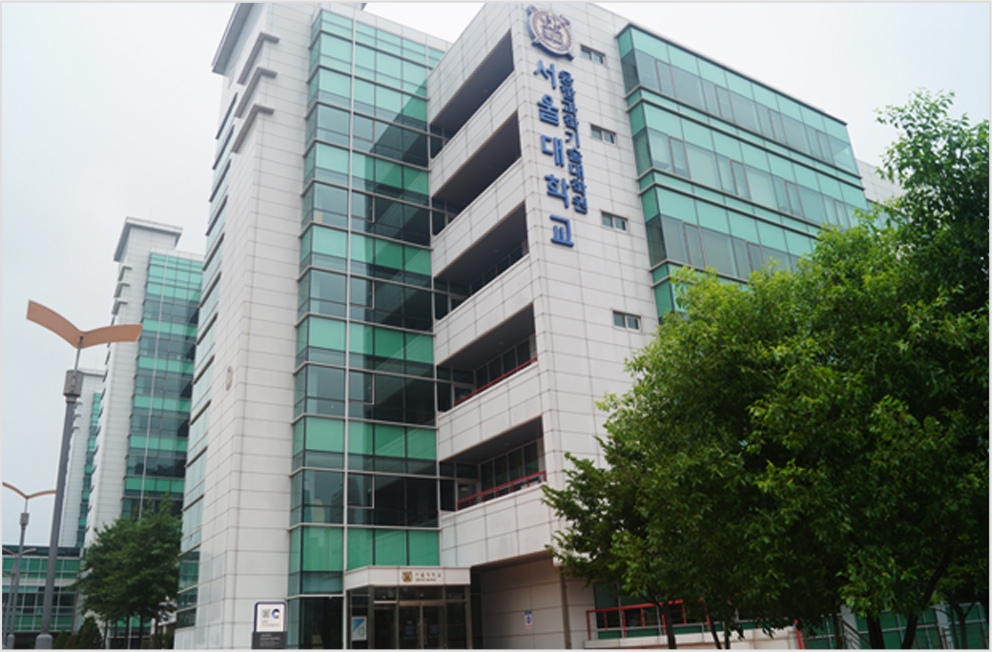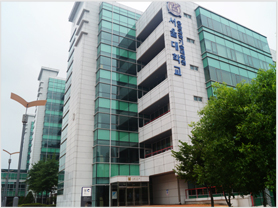Convergence Newsletter, a yearly news
article published by Graduate School
of Convergence Science and Technology, Seoul National University, highlighted
two stories from CCADD.
First, the afterword of Chaeyun (then
chemical and biological engineering major at Korea
University) and her reflection on the 2021 Winter Internship at CCADD
received a spotlight dividend in the 2020 Winter Joint Research Program corner.
Looking back on what she did, she is glad
that she jumped at the opportunity. For her, being part of the project,
“Predicting drug-drug interaction based on machine learning,” was a storehouse
of lessons. She was able to gain hands-on experience in the area she had been
passionate about, and she could gain a concrete understanding of machine
learning technology and its applications to pharmacology. Also, she fondly
recalls how she could pick others’ brains while trying to keep up with the
rigorous “Book Reading” schedule, during which the CCADD members, interns
included, finished off three textbooks on Natural Language Processing and
Python. As her closing remark, she admitted the internship experience was a
gratifying step toward living her dream as an aspiring future pharmacologist,
and she thanked all the lab members, and especially Prof. Lee, for the
opportunity and all the supports they’d shown to her.
Next in the Issue Focus section, which
showcased the wonderful accomplishments of the professors at Graduate School of Convergence Science
and Technology, Seoul National University, Prof. Lee made the headlines. The
highlight covers the news that 세종도서 has named the book Siun Kim (a PhD student at
CCADD) and Prof. Lee co-wrote, “바이오 의약품 시대가 온다,” as one
of the greatest works in 2020. The book was touted for how it effortlessly
explicates the complicated drug-approval process. Also, by being comprehensive
in its cover of the knowledge (e.g., basic biology) and the
domain-specific one (e.g., monoclonal antibodies, gene therapies, and the
difference between generics and biologics), the book gently nudges readers
toward thinking like biologists and engages them in the collective effort to
raise awareness of biologics. This book also has its merit in being accessible
to the readers outside the scientific domain, and it’s inviting readers from
diverse swaths of to the question of how we will make the great leap
forward to the future of biologics.

























